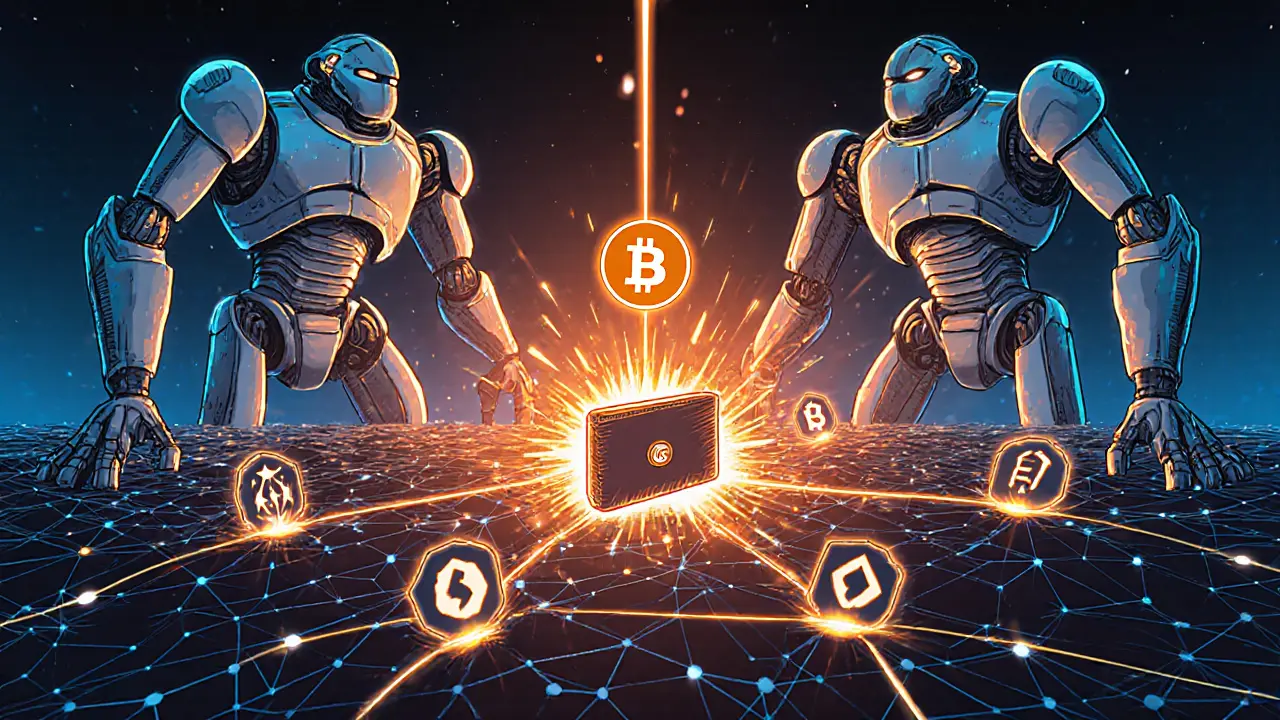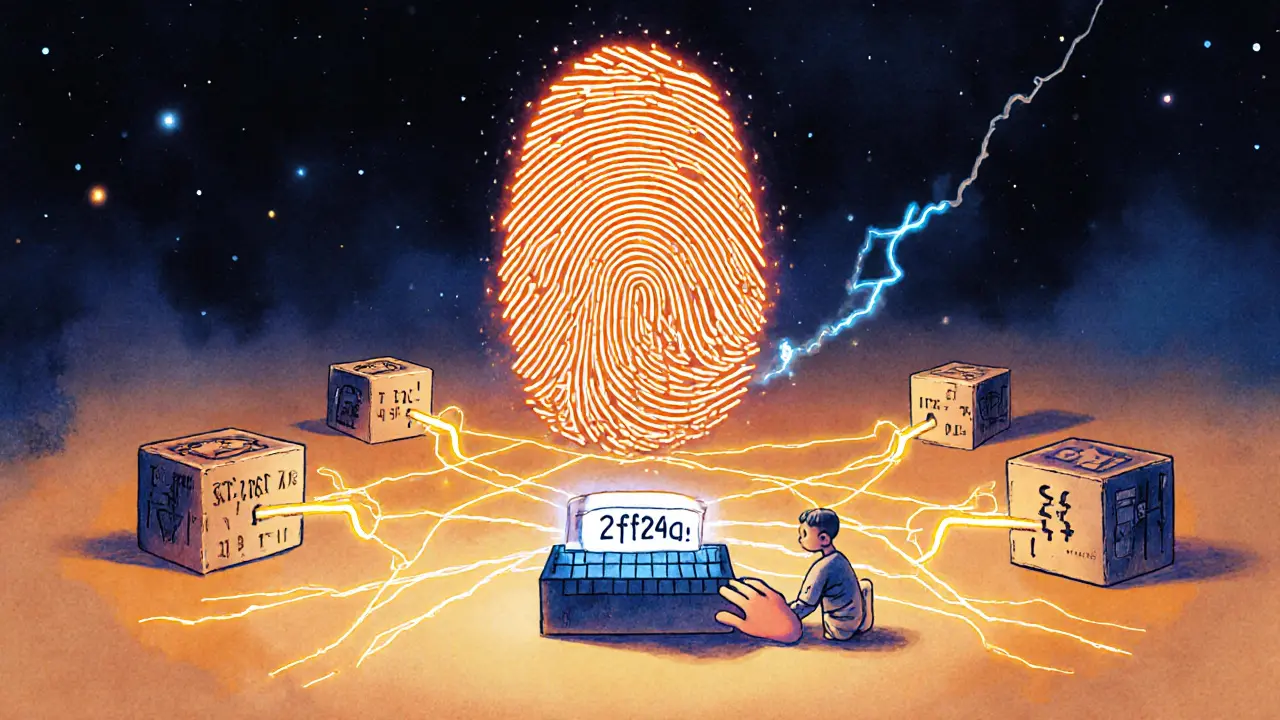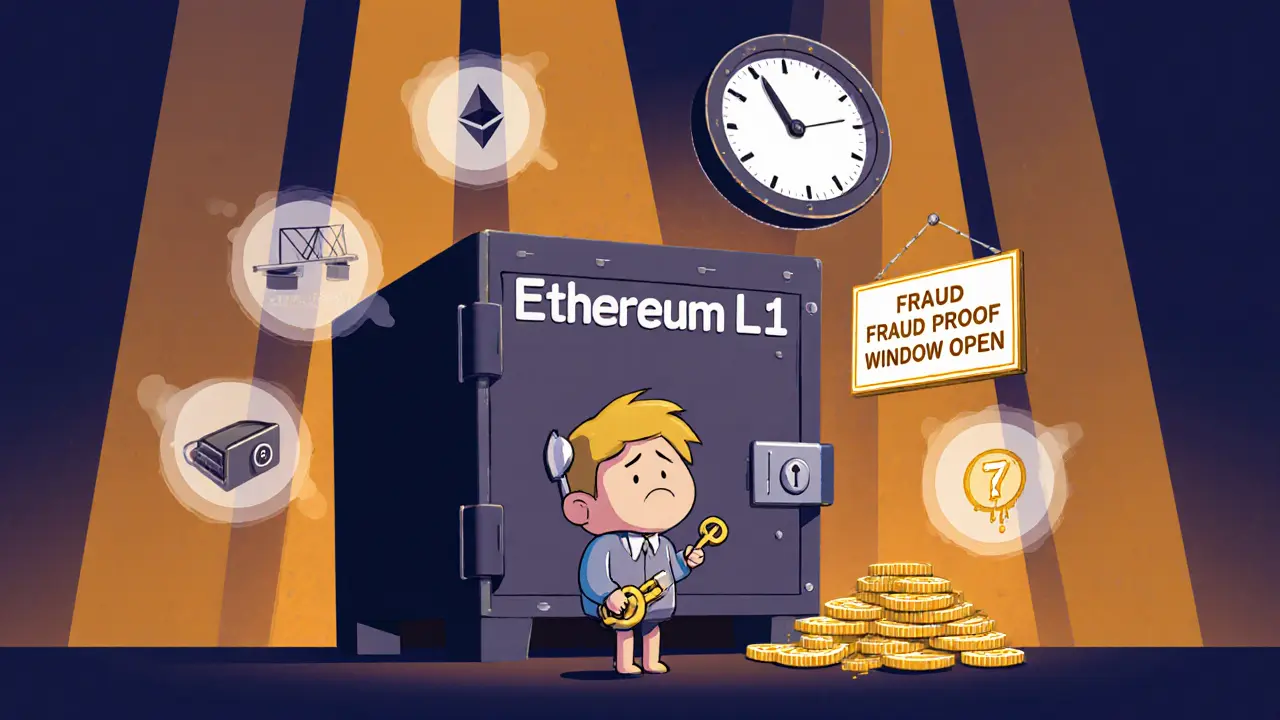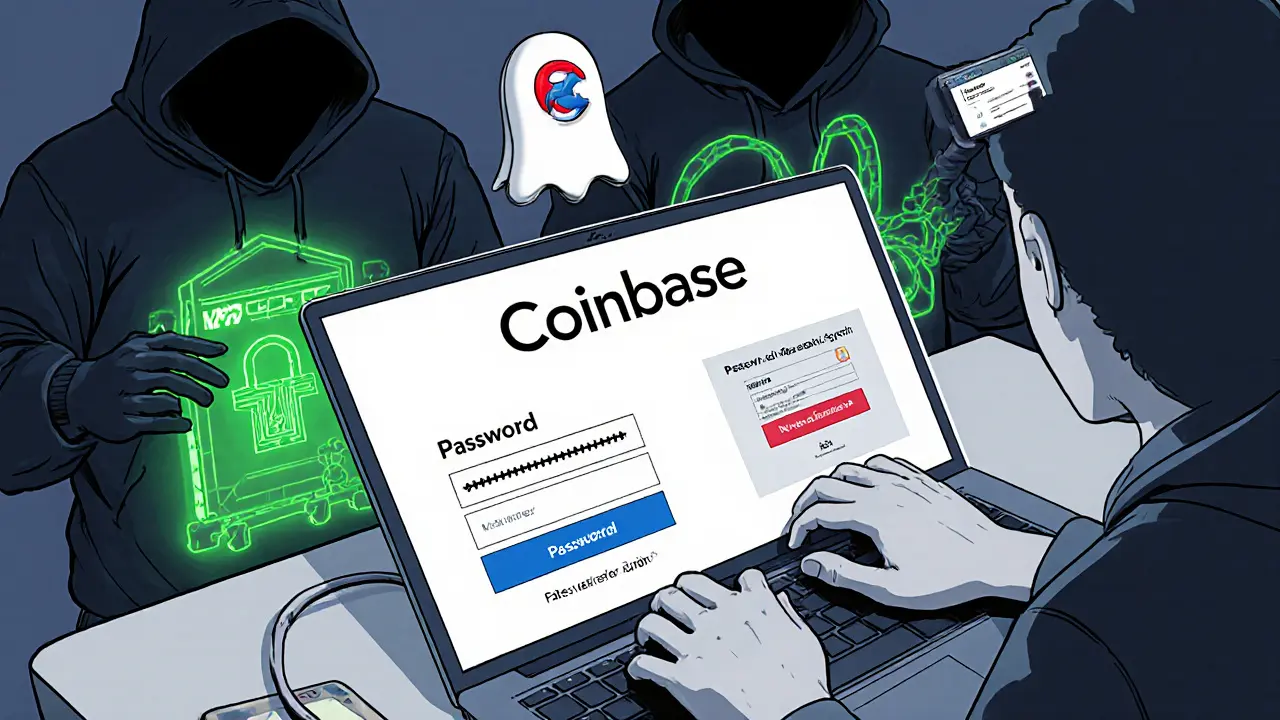Blockchain Security: Protect Your Crypto from Scams and Hacks
When you hold crypto, you’re not just holding money—you’re holding access to a digital ledger that can’t be changed. That’s the power of blockchain security, the system of cryptography, consensus, and decentralized control that keeps crypto networks trustworthy. It’s what stops someone from stealing your Bitcoin or forging a transaction. But if the security layer breaks, everything collapses. And it has—repeatedly. You don’t need to be a coder to understand this: smart contract vulnerabilities, flaws in the code that runs DeFi apps and exchanges have drained over $3 billion since 2020. crypto exchange security, how well a platform protects user funds from hackers and insider threats is just as critical. Sites like SheepDex and EvmoSwap look real but have no audits, no users, and no real tech behind them—they’re traps built to look like the real thing.
And it’s not just exchanges. decentralized identity, a system where you own your digital identity instead of giving it to Google or Facebook is supposed to make crypto safer. But if you’re using a fake DID wallet or sending USDT.a to the wrong network, you’re still at risk. The same goes for airdrops like RACA, ART, or SHARDS—many are legit, but scammers copy their names to trick you into signing malicious contracts. One wrong click, and your wallet is empty. Blockchain security isn’t about fancy tech—it’s about knowing what to avoid. The most secure wallet means nothing if you’re trusting a zero-volume DEX with no code review. The most advanced staking protocol won’t save you if you don’t check if the project has a real team.
What you’ll find below isn’t theory. It’s real cases. We’ve dug into fake exchanges pretending to be Evmos, meme coins with no utility but huge price spikes, and stablecoins that look identical but can’t be sent to the same wallet. We’ve shown how Bitcoin 2.0 is just an ERC-20 scam, how CharCoin claims to donate but never has, and how even well-known platforms like OKX and Binance have risks if you’re not careful. This isn’t about fear—it’s about awareness. If you’re holding crypto, you need to know what breaks, how it breaks, and how to stop it before it breaks you.



